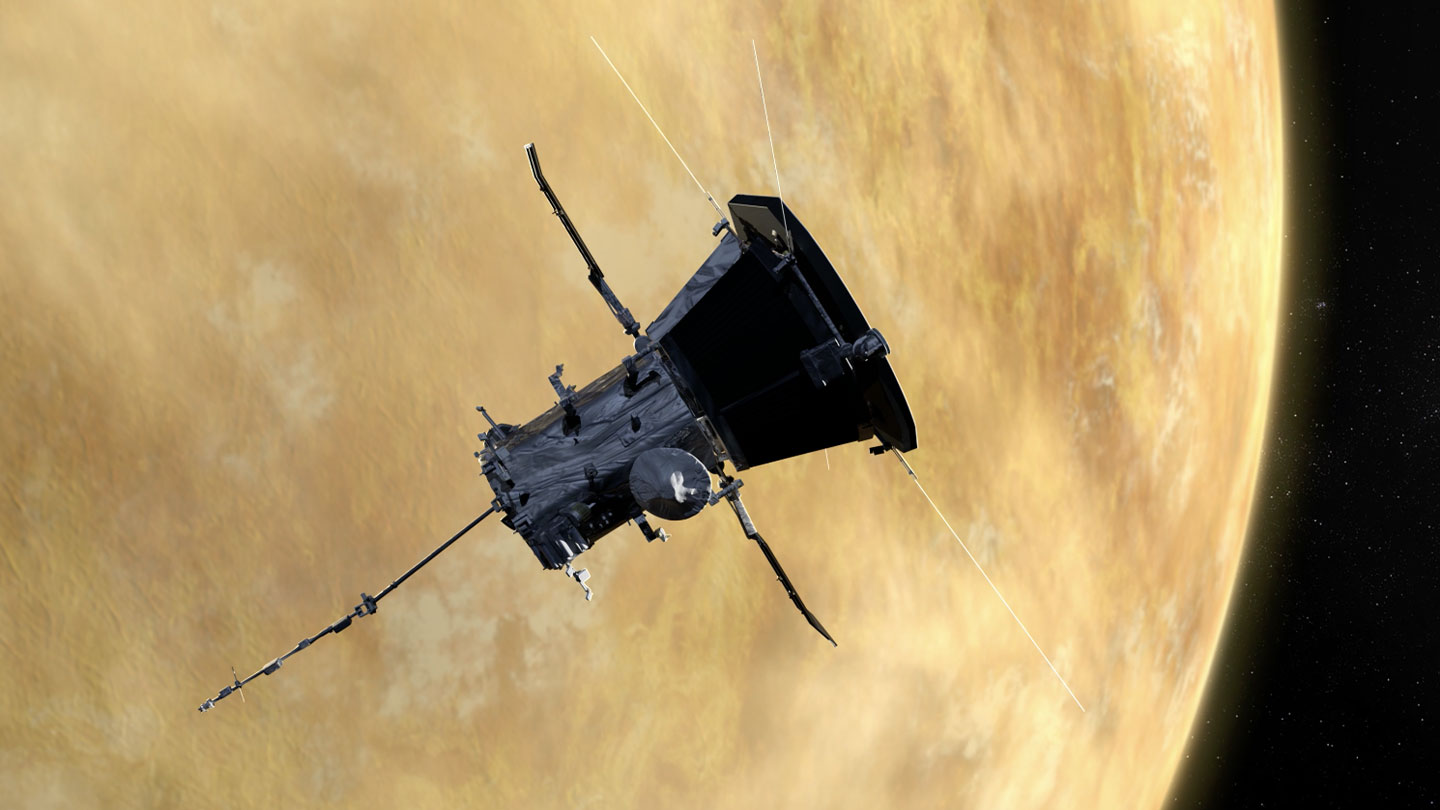Venus has long been depicted as having a hellish atmosphere. Despite that reputation, evidence increasingly suggests that our neighbor’s cloudy shroud isn’t riddled with lightning.
In 2021, the Parker Solar Probe swung past the nighttime side of Venus on its way toward the sun (SN: 12/15/21). As it did, its instruments picked up radio waves that scientists have dubbed whistler waves. Such disturbances got their name because their frequency quickly changes from high to low before they disappear, says Harriet George, a space physicist at the University of Colorado Boulder.
Oddly, Venus’ whistler waves were traveling downward toward the planet, not up and away from it, as they would have been if they’d been caused by lightning, George and her team report in the Oct. 16 Geophysical Research Letters.
An alternate source of energy for these whistler waves could be disturbances in Venus’ weak magnetic fields, the researchers suggest. As magnetic field lines shift and reconnect, they can release prodigious amounts of energy, George says. In other milieus, magnetic reconnections accelerate the solar wind, help heat the sun’s outer atmosphere and help trigger Earth’s auroras (SN: 6/7/23; SN: 11/14/19; SN: 7/24/08). They’ve got the right characteristics to create whistler waves on Venus too.
2023-10-16 06:00:00
Post from www.sciencenews.org
